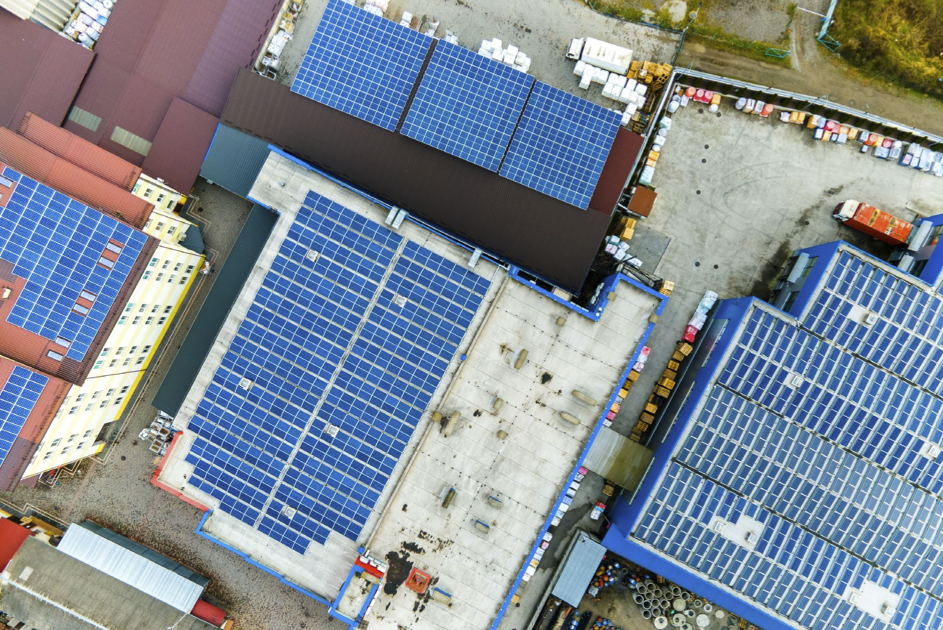From pv magazine LatAm
The 2019-24 strategic plan of Panama's government includes proposals to make distributed generation (DG) a critical factor in the diversification of the national energy mix. The government has now submitted a preliminary version of the national distributed-generation strategy (ENGED) for public consultation.
The International Energy Agency (IEA) estimates that for every million dollars invested in solar distributed generation, 10 jobs are created in the construction phase, as well as one job in the operation and maintenance phase. The government estimates that DG will be able to contribute to the creation of more than 3,000 new jobs by 2030 in the renewable energy sector.
According to the National Public Services Authority (ASEP), as of June 2021 the country had 1,172 distributed-generation PV systems, representing an installed capacity of 46.63 MW.
In order to take into account the different development trajectories of DG, the government has presented three future DG development scenarios for the country – best, worst and middle-case scenarios.

The conservative scenario foresees that 7% of electricity generation will come from DG, with an installed capacity of 950 MW.

The strategy includes six lines of action, including the simplification and digitization of procedures for DG projects, an increase in installed capacity limits, the sale or commercialization of surpluses, the regulation of remote facilities, the modification of self-consumption, the expansion of limits, and the evaluation, adaptation and implementation of technical standards.
To calculate the market potential of self-consumption systems in Panama, two types of potential have been outlined. The authorities have considered technical potential, dependent solely on the natural characteristics of the site and the self-consumption potential of current customers. They have also looked at the technical-economic potential, which is determined by the number of facilities that are currently economically viable. The government conducted this analysis for each consumer segment – residential, commercial and government, and industrial – as they have different consumption patterns.
The current technical potential (2020) for the installation of self-consumption systems in Panama at the national level is 863,700 installations and 3,851 MWp. This would generate 5.29 TWh per year of distributed electrical energy, which is equivalent to 57% of the energy purchased by distributors in 2019.
The current technical-economic potential for the installation of self-consumption systems in Panama is estimated at a national total of 137,800 installations for 1,453 MWp, as of June 2020. This number of systems would generate, on average, 2.0 TWh per year of distributed electrical energy.
This content is protected by copyright and may not be reused. If you want to cooperate with us and would like to reuse some of our content, please contact: editors@pv-magazine.com.



1 comment
By submitting this form you agree to pv magazine using your data for the purposes of publishing your comment.
Your personal data will only be disclosed or otherwise transmitted to third parties for the purposes of spam filtering or if this is necessary for technical maintenance of the website. Any other transfer to third parties will not take place unless this is justified on the basis of applicable data protection regulations or if pv magazine is legally obliged to do so.
You may revoke this consent at any time with effect for the future, in which case your personal data will be deleted immediately. Otherwise, your data will be deleted if pv magazine has processed your request or the purpose of data storage is fulfilled.
Further information on data privacy can be found in our Data Protection Policy.